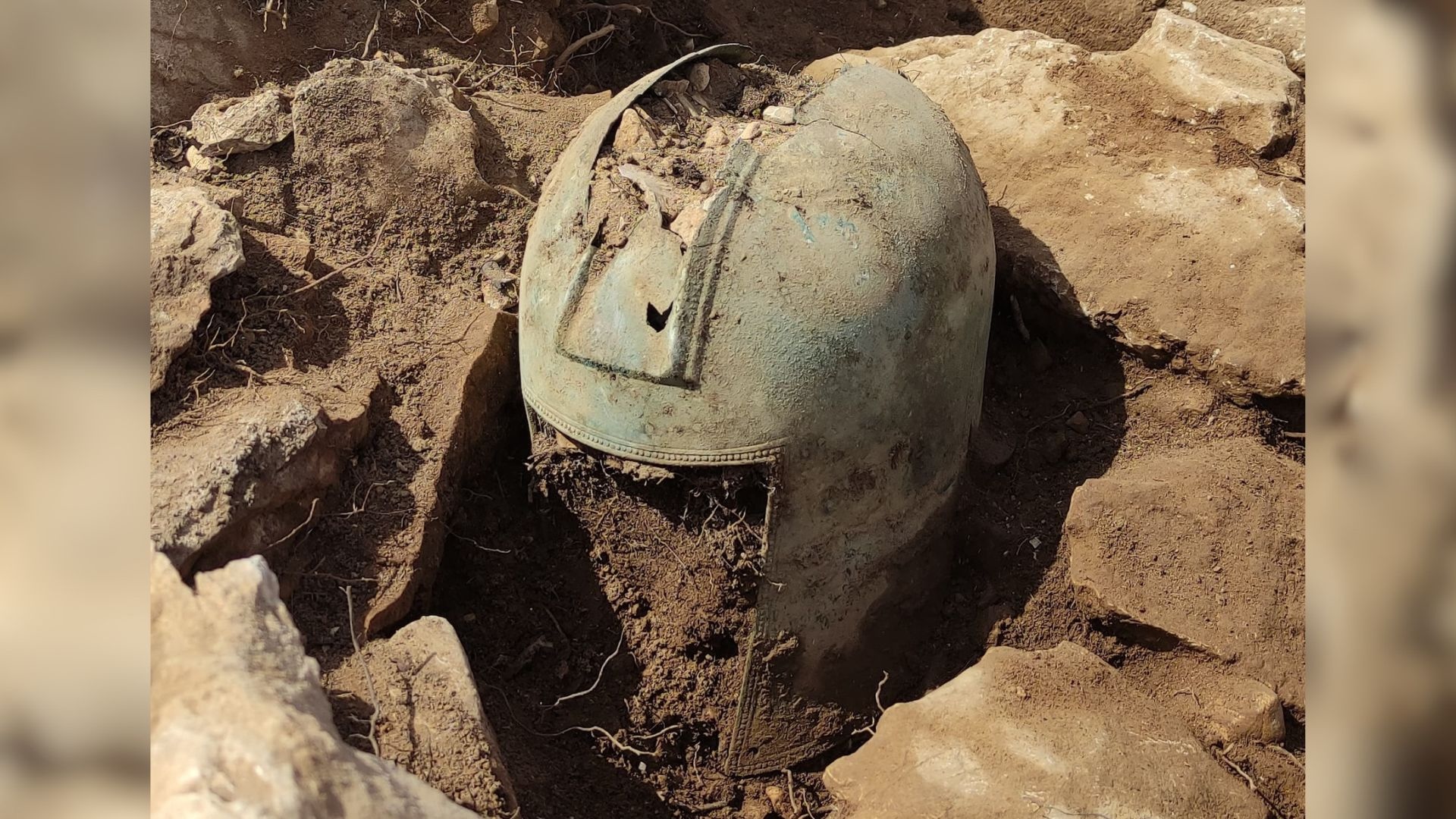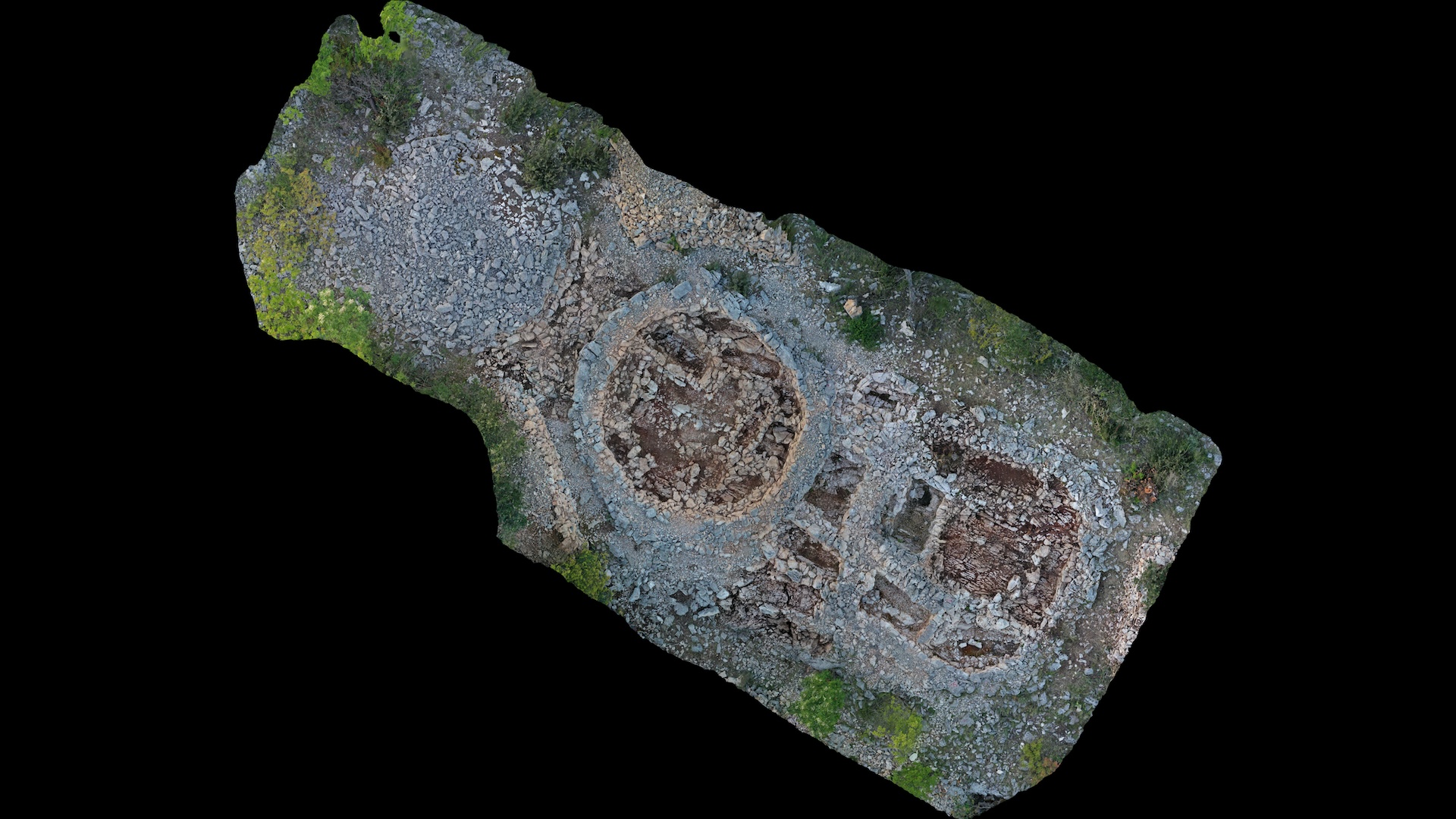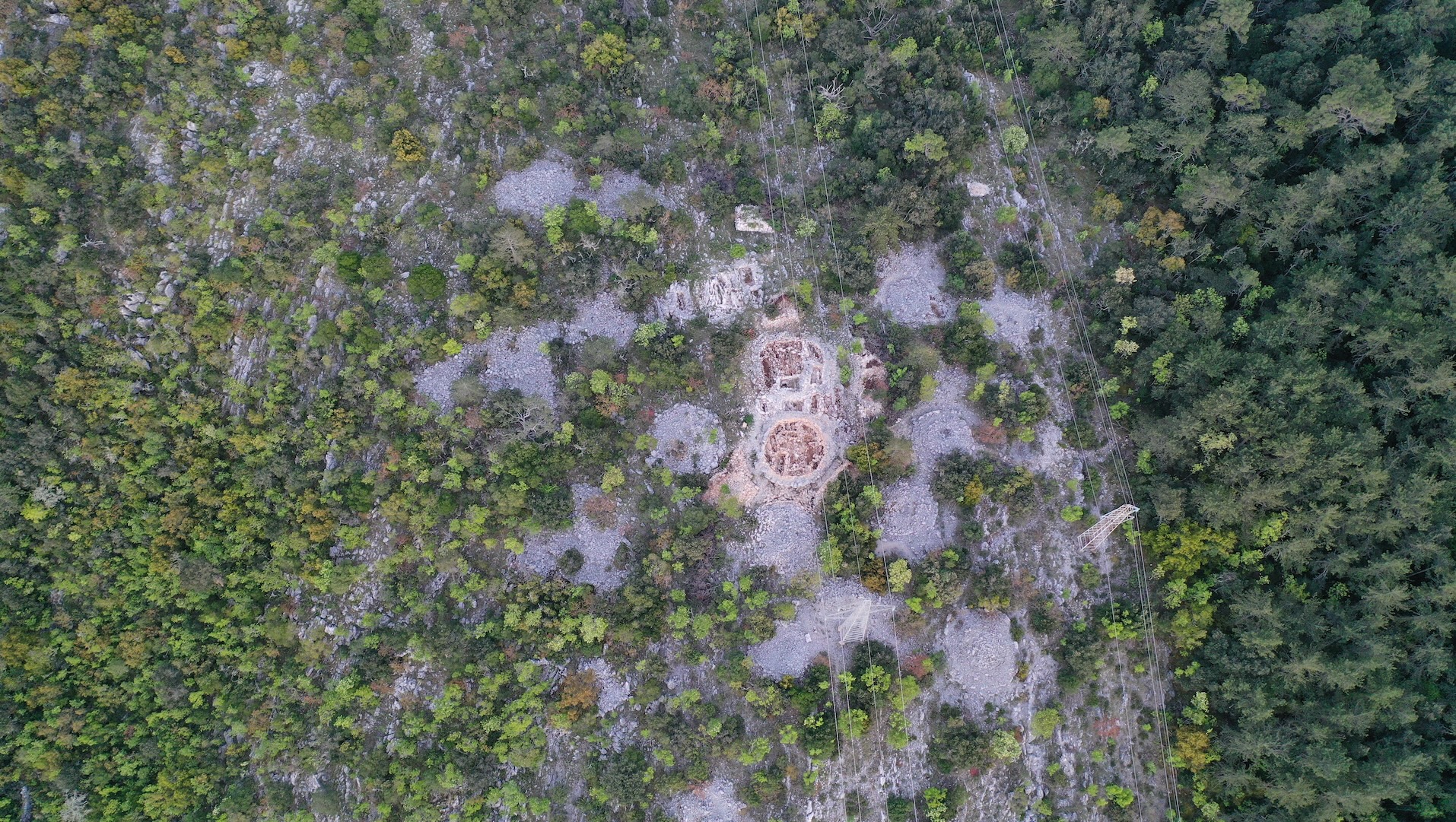
Archaeologists in Croatia have discovered a 2,500-year-old metal helmet within an Illyrian burial mound that may have been a votive offering or part of a cult practice.
The helmet was unearthed in a stone structure within a burial mound at the Gomile archaeological site. It dates to sometime between the end of the sixth century B.C. and the beginning of the fourth century B.C., Hrvoje Potrebica, an archaeology professor at the University of Zagreb who is leading the excavation, told Live Science in an email.
The site of Gomile has multiple burial mounds and is located near the village of Zakotorac, on the Pelješac Peninsula near the Adriatic Sea. "Each mound [contains] multiple graves and each grave contain[s] multiple burials," Potrebica said.
According to ancient Greek records, a people the Greeks called the Illyrians flourished in the region around the time the helmet was made. The Illyrians were divided among different tribes and kingdoms and were gradually conquered by the Romans in a series of wars that occurred between 229 and 168 B.C.
Related: Cold War satellite images reveal nearly 400 Roman forts in the Middle East

While the newly found helmet has yet to undergo conservation, it "seems to be in perfect condition" Potrebica said. The stone structure holding the helmet is separate from all the graves in the burial mound, which suggests it was intended as a votive offering "to deceased ancestors or part of some cult practice related to the whole mound and not [a] particular individual or a grave," Potrebica said.
If the newly found helmet was used in battle, it may have had a psychological effect on the enemy, Domagoj Perkić, director of the Archaeological Museum, which is a part of Dubrovnik Museums, and a researcher working on the excavation, told Live Science in an email. "Just try to imagine a warrior with a shiny [helmet] on his head, in the sun, on the eve of a battle ... that moment alone causes awe in the enemy."

In 2020, archaeologists found another helmet in a stone structure in a nearby burial mound, Potrebica said. Like the newly found helmet, it likely wasn't meant for any one person or grave.
The Centre for Prehistoric Research in Zagreb, which Potrebica is president of, is coordinating research at the Gomile site and collaborating with scientists from Dubrovnik Museums and the Institute of Archaeology in Croatia.







